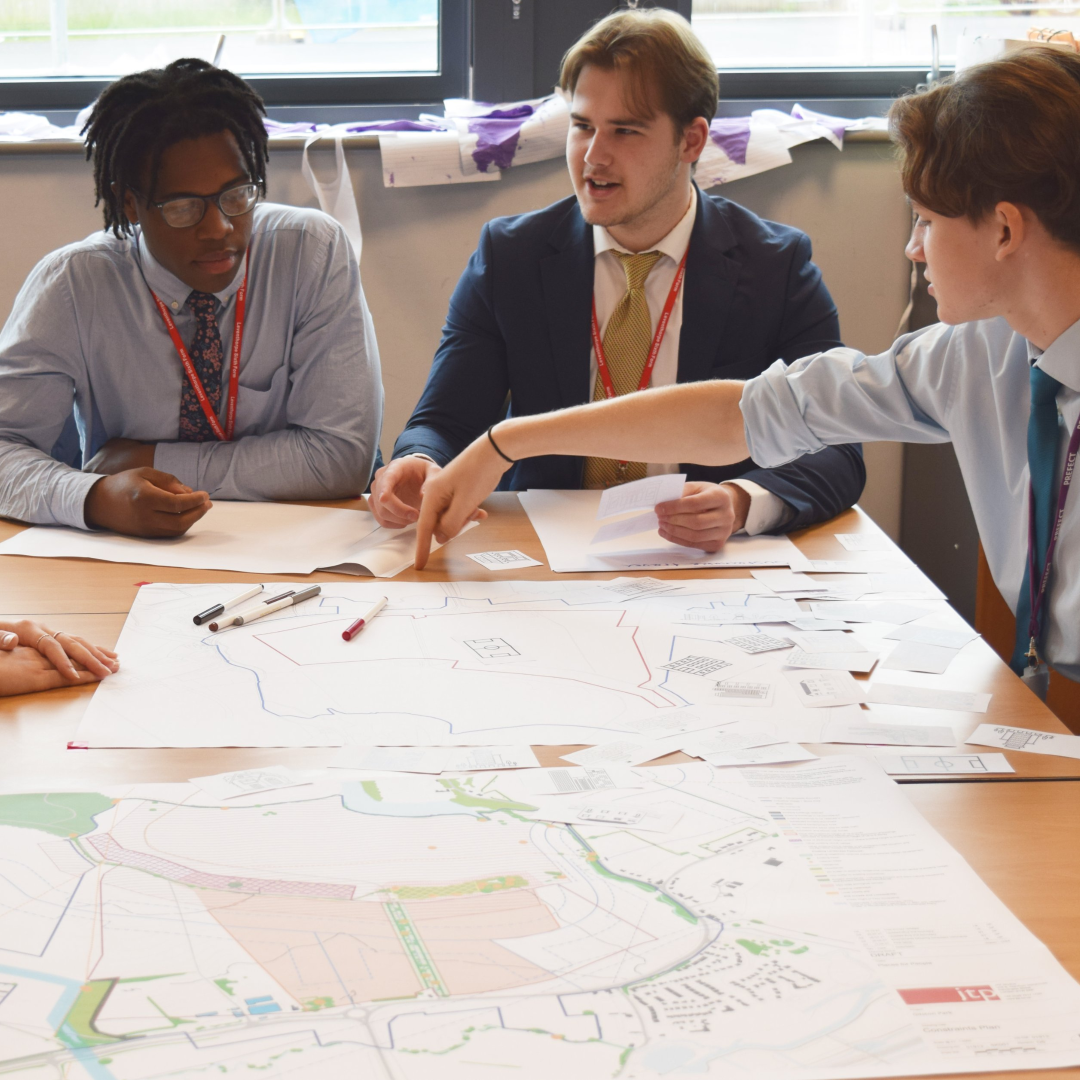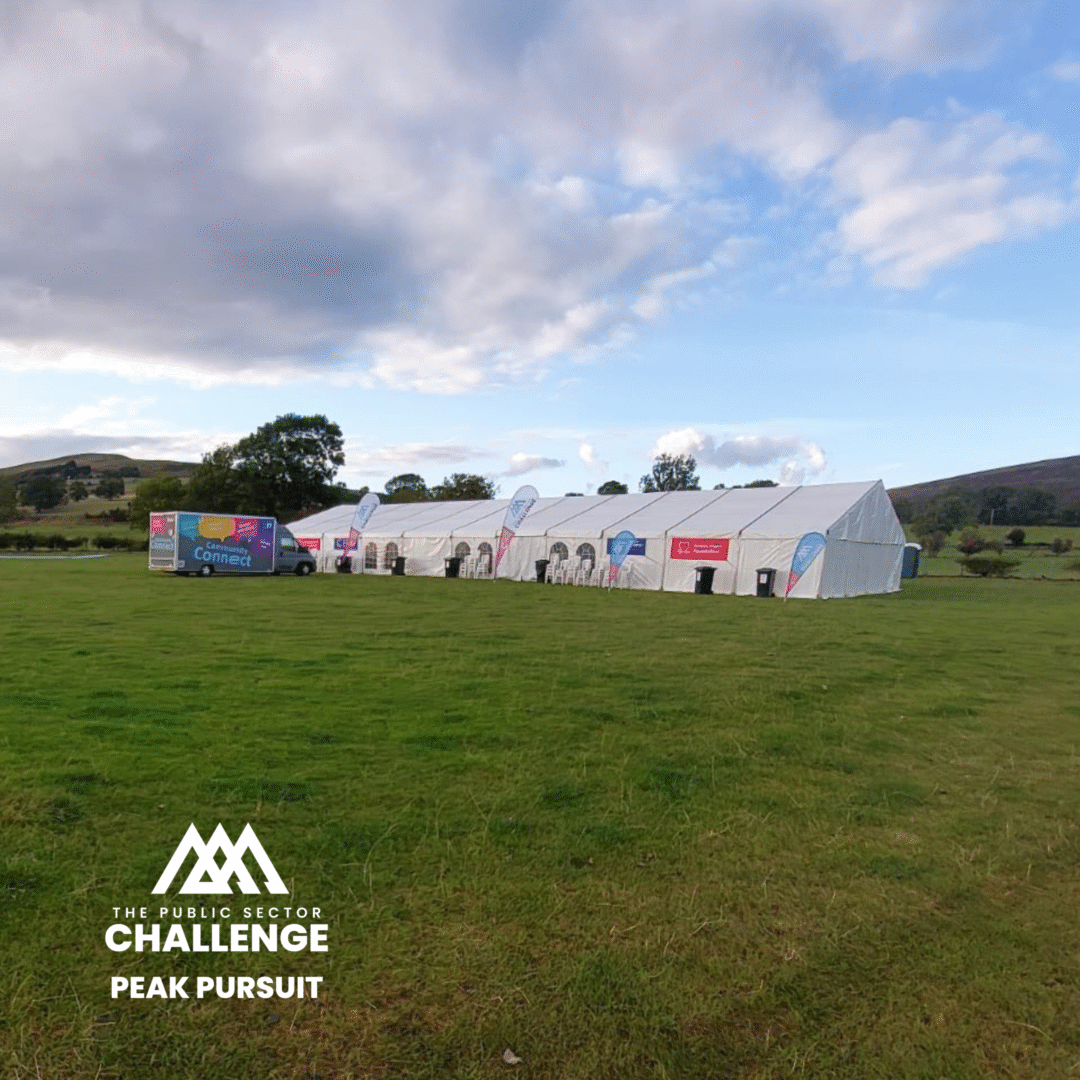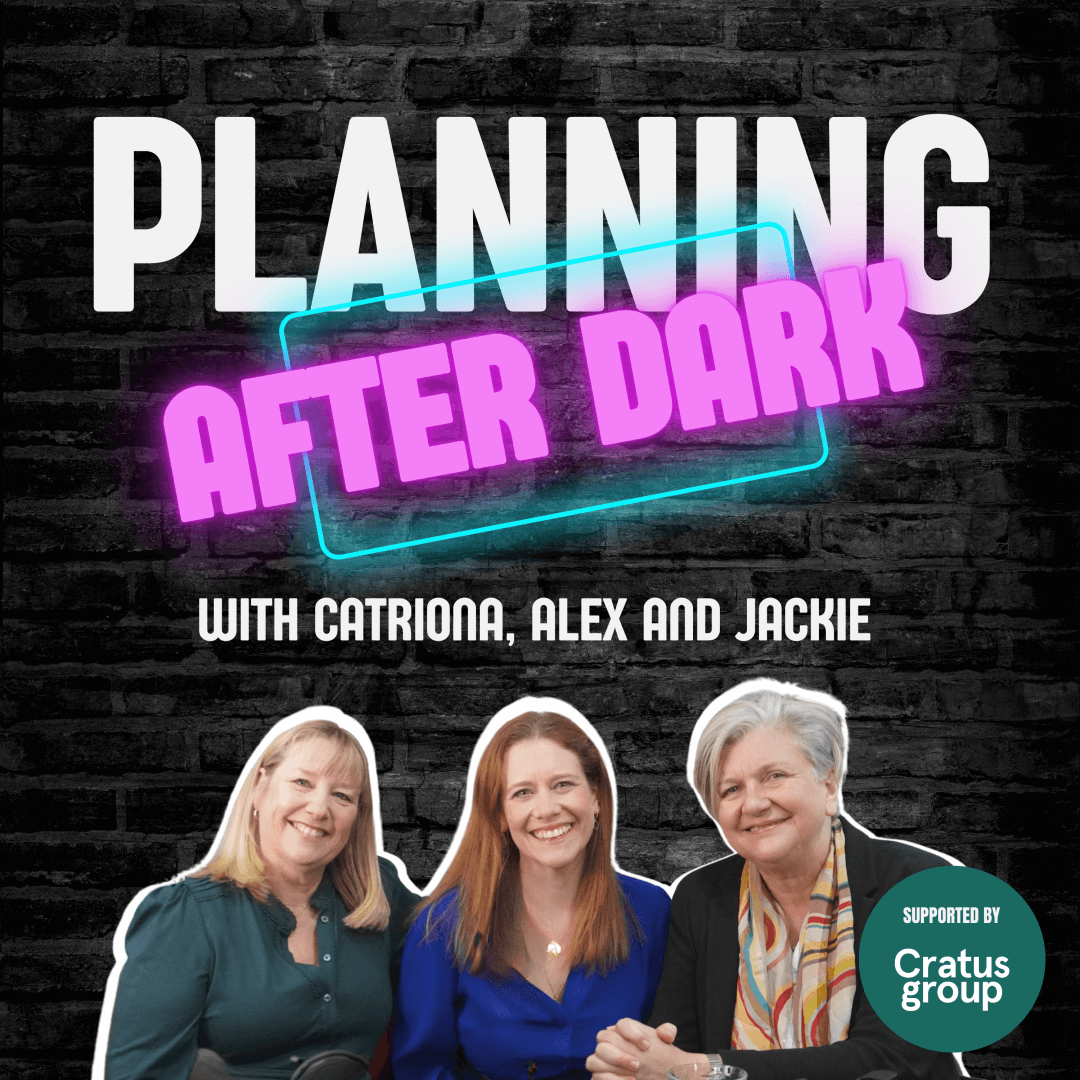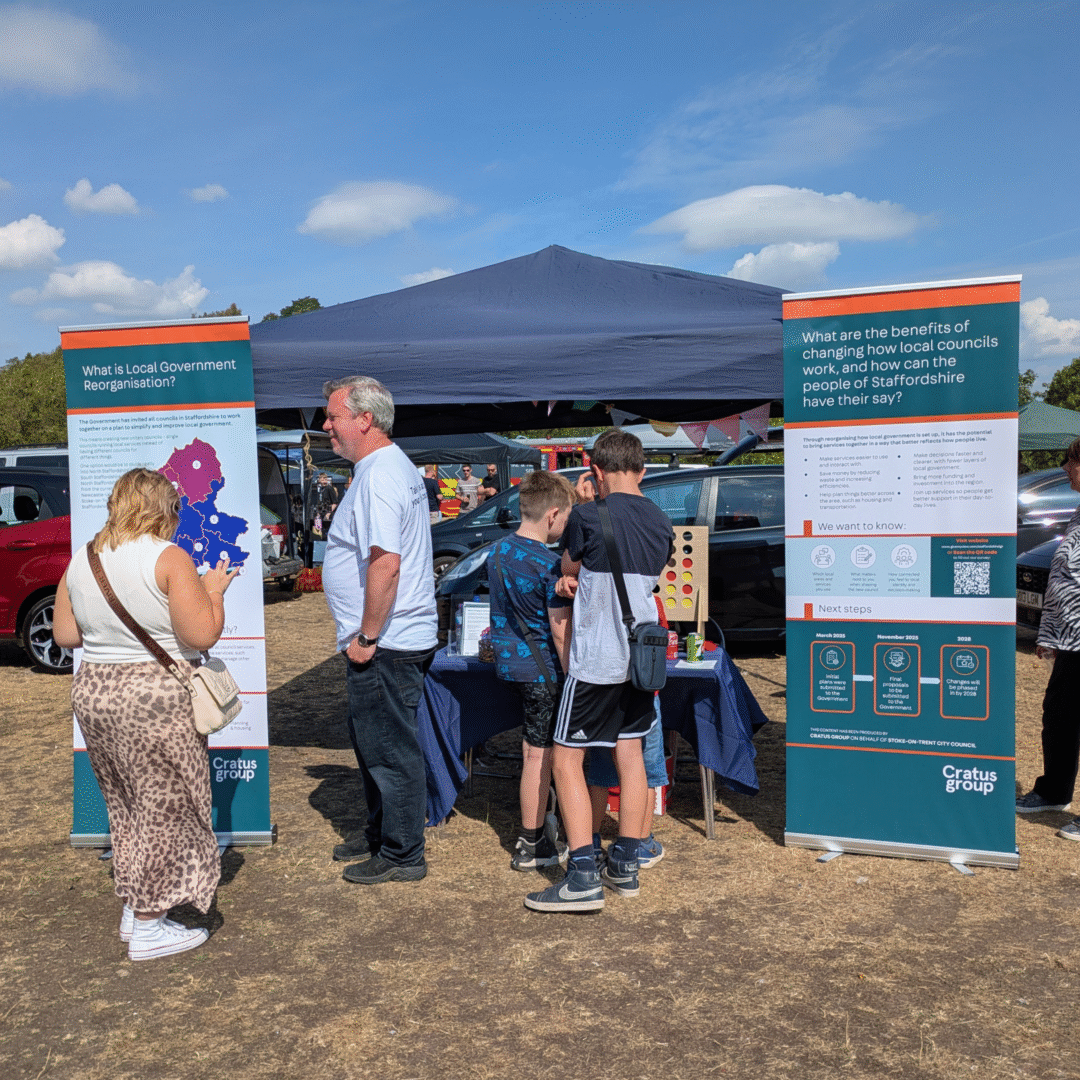Bringing Planning to the Classroom: Engaging the Next Generation and Shaping Future Communities
As a former Year 12 Geography teacher, I always valued the opportunity to connect students with the topics we studied through their personal experiences in their local communities. Teaching regeneration and urban change as part of A-level Geography offered a unique blend of challenges and opportunities.
Young people are often excluded from discussions about the future of their own neighbourhoods. Research indicates that 89% of young adults aged 16-18 have never been asked for their opinion about their local area, and only 8% have participated in a public consultation. This lack of engagement can make it difficult for students to feel confident expressing their thoughts on future developments, despite having a strong grasp of the subject knowledge behind regeneration and urban geography.
Bringing a live case study into the classroom by partnering with Jenny Cooper, Associate Director from Cratus Group’s Communities and Placemaking team, proved to be a game-changer for my students. They suddenly felt empowered, armed with prior knowledge of the site and an understanding of local debates around the need for affordable housing and an infrastructure-first approach to housing delivery.
During the workshop with Cratus Group, students became deeply engaged in the strategic decision-making process by physically using real-world masterplans and understanding the concept of a ‘red line boundary’ when designing an ideal new town. The next phase of learning about the principles underpinning master planning was to task students with placing ‘tiles’ (or symbols printed on paper) which represented key infrastructure and amenities (schools, health centres, nurseries and transport hubs).
Many students were able to draw direct connections between the course content I had taught them, be that urban regeneration or physical geography elements like hydrology, ecology and relief, to contextualise the case study in front of them. By using a real-world case study which students were familiar with, each young person had the opportunity to voice their opinions in a more formal capacity and appreciate the planning application and the complexities in navigating differences of opinions.
From Jenny’s perspective, engaging young people in planning is incredibly rewarding. She emphasised the importance of equipping students with the tools and knowledge to actively participate in decisions that will shape their future communities. “When we present a real-world planning case study in the classroom, it’s not just about teaching technical details,” Jenny said. “It’s about showing the students that their voices matter and that their opinions can influence how spaces are designed, developed, and delivered. My personal favourite part of youth engagement is ensuring that even those students who are less confident have the chance to share their thoughts. Everyone deserves to tell us what they would like and dislike about their local area.“
The enthusiasm and energy from the students during the workshop were evident. It became clear that with the right support and opportunities, young people are not only willing but eager to participate in planning conversations. The more we involve the next generation in these processes, the better our communities will be for them and for future generations.








